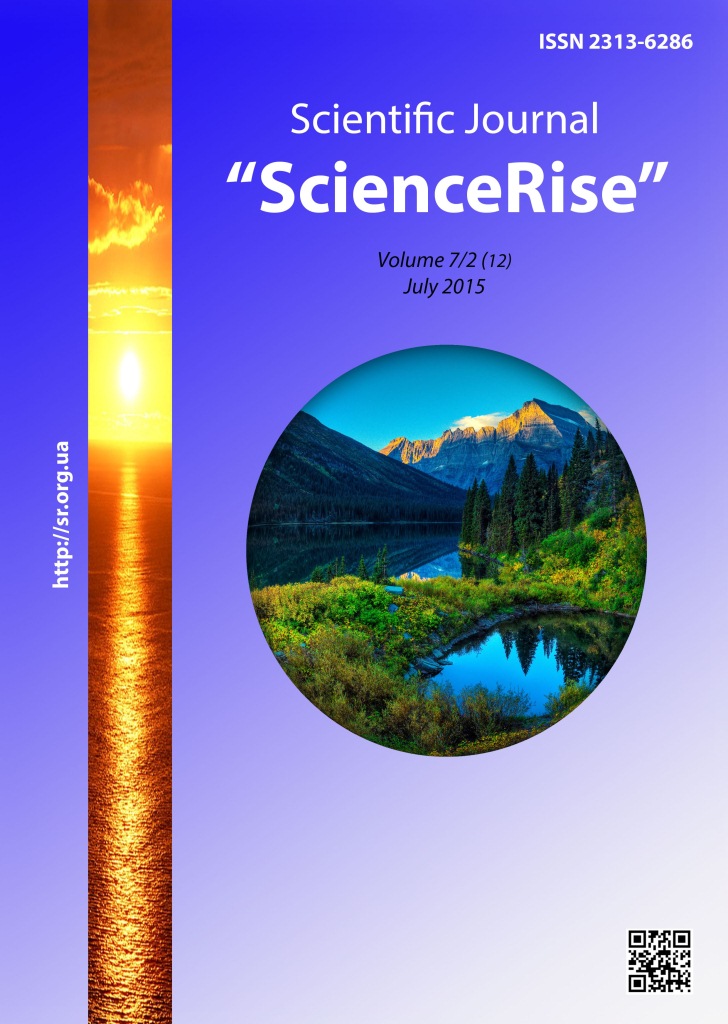Основні напрямки удосконалення електробурів
DOI :
https://doi.org/10.15587/2313-8416.2015.46148Mots-clés :
свердловина, електробур, постійний струм, частота, колонаRésumé
У статті викладені відомості про історію виникнення електробуріння, показані техніко-економічні характеристики електробуріння. Детально описані конструкція і особливості роботи електробурів та їх складових
Теоретичні дослідження професора Кікота О.В. забезпечують можливість створення нової конструкції електробура на постійному струмі. Приведена принципова конструкція такого електробура показані його переваги.
Новий електробур дозволить оперативно змінювати частоту обертів долота та збільшить механічну швидкість бурінняRéférences
Kuliev, S. M. (1968). Temperaturnyi rezhim buriashchihsia skvazhin. Moscow: Nedra, 186.
Uginchus, A. A. (1970). Gidravlika i gidravlicheskie mashiny. Izdatel'stvo Har'kovskogo universiteta. Kharkiv, 396.
Elektrobury: tekhnichnyy opys ta instruktsiya z ekspluatatsiyi (1978)., 56.
Kekot, O. V., Bunchak, Z. V., Vovkiv, T.B., Dudar, O. S., Turyansʹkyy, O. A. Patent na vynakhid RF N2321717 MPK E21V 4/04. Elektrobur dlya burinnya naftovykh i hazovykh sverdlovyn, 8.
Safarov, Yu., Fradkina, A. B. (1957). Elektroburinnya. Baku.: Aznefteizdat, 191.
Serhyeyev, P. S. (1969). Proektuvannya elektrychnykh mashyn. Moscow: Enerhiya, 632.
Yaremiychuk, R .S. (1997). Napryamky sozdanyya ukrayinsʹkoi tekhnolohiyi burinnya sverdlovyn, konkurentnospromozhnykh na svitovomu Rivni. Naftova ya hazova promyslovistʹ, 4, 272.
Brett, J. E. (1993). The henezys Bit-indukovanoyi kruchennya burylʹnoyi kolony SRE 21, 115.
Savo Burinnya Motohs. TOV So (2005). Motoh Operatsiya Manucal Eourth vydannya, 237.
Dean, E. (1999). Heddi Rosiyi sharest tekhnichna Rnow z SSHA. Oi1 & SAS Journal, 155.
Téléchargements
Publié-e
Numéro
Rubrique
Licence
(c) Tous droits réservés Константин Викторович Дихтяренко, Володимир Петрович Червінський, Андрій Ігорович Пупишев 2015

Cette œuvre est sous licence Creative Commons Attribution 4.0 International.
Our journal abides by the Creative Commons CC BY copyright rights and permissions for open access journals.
Authors, who are published in this journal, agree to the following conditions:
1. The authors reserve the right to authorship of the work and pass the first publication right of this work to the journal under the terms of a Creative Commons CC BY, which allows others to freely distribute the published research with the obligatory reference to the authors of the original work and the first publication of the work in this journal.
2. The authors have the right to conclude separate supplement agreements that relate to non-exclusive work distribution in the form in which it has been published by the journal (for example, to upload the work to the online storage of the journal or publish it as part of a monograph), provided that the reference to the first publication of the work in this journal is included.

